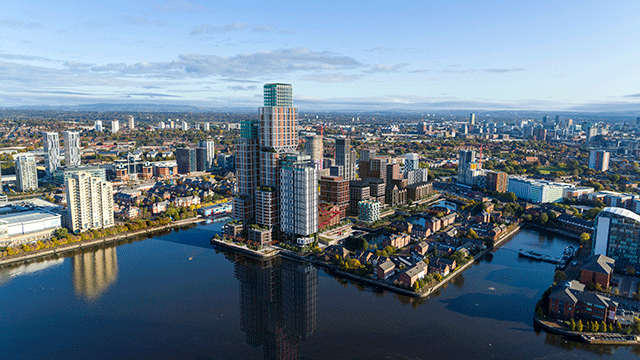Cast your mind back to September 2000. London’s house price inflation was at a high, with the capital enjoying a 30% year-on-year hike. Three years later and prices had plummeted, house price inflation had flatlined, hit by the bursting of the dotcom bubble, the Iraq war and base rate rises, but the rest of the UK saw a rise.
These geopolitical shocks were always going to hit London hard, but what about the rest of the UK? When global calamities hit what is the effect on residential property?
Richard Donnell writes: The first half of 2016 has seen renewed turmoil in global markets on a falling oil price and a weakening Chinese economy, alongside weakness in other emerging markets.
The key question is how external events affect demand for housing and whether London specifically might be more at risk than other regions. This is especially important given the ongoing tightening in housing supply over the past 30 years, which makes house prices more responsive to sudden changes in demand – in both directions.
An analysis of house price growth and transactions over the past 20 years shows that external shocks tend to have a greater effect on market volumes than house prices, especially where there is no accompanying economic downturn. From 1996 to 2007 house prices posted consistent positive year-on-year nominal growth across the UK and central London. This was not the case for sales volumes that were influenced by a mix of external shocks to sentiment and changing domestic factors, such as short periods of rising interest rates.
In the decade before 2007, sales volumes fell on four occasions in London by as much as 15%, highlighting how London is more prone to the effect of external factors – from the crisis in emerging economies and collapse of the Long-Term Capital Management hedge fund in 1998 to the bursting of the dotcom bubble in 2000 and the Iraq war in 2003. The 15% drop in sales seen in 2005 was registered across the country, driven largely by domestic factors and rising interest rates in 2003/04. In contrast, the effect of the 2011/12 eurozone crisis on turnover was more muted as the market was just recovering. The analysis shows how external events are amplified in central London where the market has more discretionary buyers and is more sensitive to financial shocks. Where a market sits in the cycle is also important and a lack of relative value in London post-2000 increased the sensitivity of the market to external factors, something which is very pertinent today.
There are parallels to be drawn with early 2000 and today, highlighted by two years of falling sales volumes in central London between 2014 and 2015. What history shows is that regional housing markets are more immune from short-term external financial shocks but no housing market can escape the effects of a weakening economy.
Regional cities are registering faster growth as the economic outlook improves, but it is the growth of jobs and incomes in these cities that hold the key to growth together with the composition of employment.
We believe that these large regional cities are likely to be more immune to turmoil in global financial markets in the short term compared to London where a greater share of employment is linked to the financial services sector.
However, as we have seen recently, job losses within key local employers such as steel plants could well result in specific localised effects.

Key facts
Biggest drop in transactions
-49.9%
2008
Biggest drop in price inflation
-13.9%
2009











